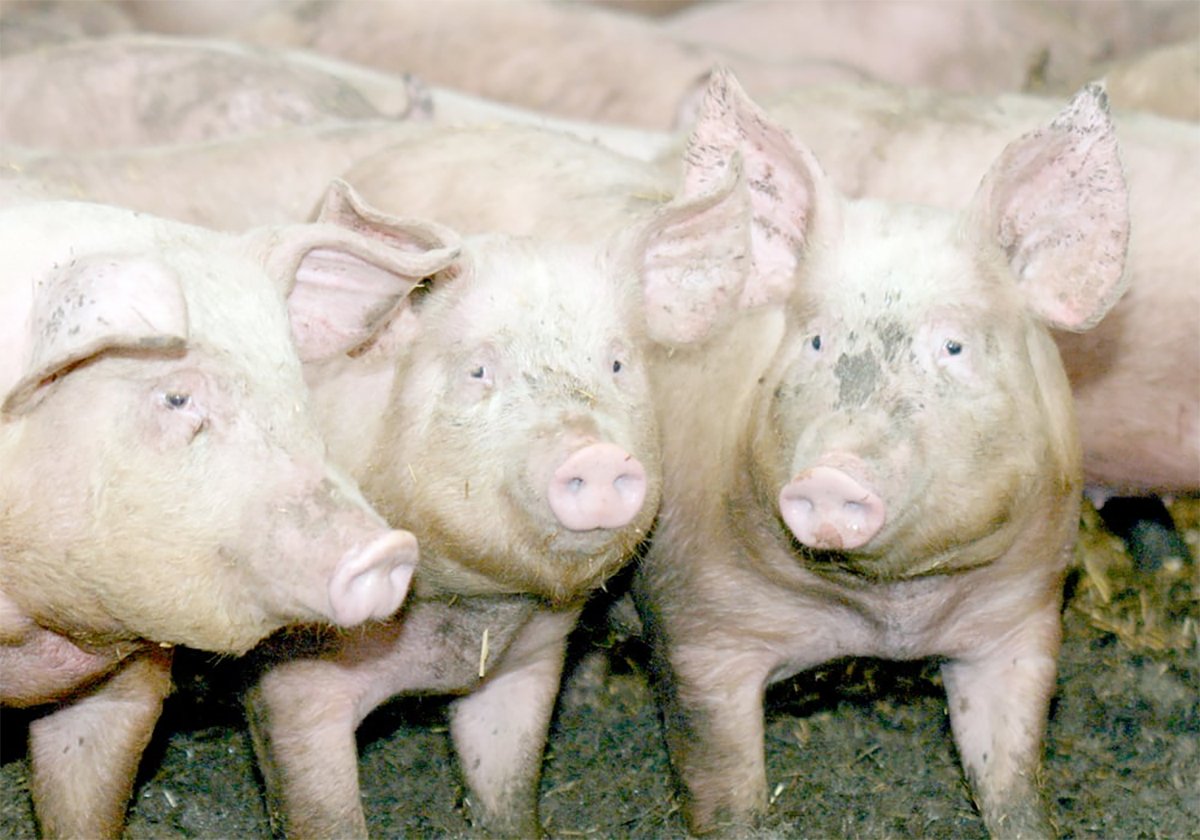The free flow of American corn into Alberta feedlots and Ontario
industrial markets has Canadian grain growers crying foul.
Producers claim corn, barley and soybeans are dumped into Canada thanks
to generous government subsidies paid to American producers.
Canadians say the imports are lowering domestic prices and pushing them
out of a market that traditionally belonged to them.
“The impact has been that they see a whole lot more corn, soy and wheat
dumped at lower prices than what common sense would say,” said Brian
Read Also

The Western Producer Livestock Report – November 13, 2025
Western Producer Livestock Report for November 13, 2025. See U.S. & Canadian hog prices, Canadian bison & lamb market data and sales insights.
Doidge, who monitors the U.S. subsidy programs at the University of
Guelph in Ontario.
According to the U.S. Department of Agriculture, Americans exported
46,500 tonnes of barley to Canada between June 1, 2001 and Jan. 10,
2002. Between Sept. 1, 2001 and Jan. 10, 2002, the U.S. exported
561,000 tonnes of corn to Canada, compared to 494,400 tonnes in the
same period in 2000-01.
Doidge said three U.S. programs encourage dumping.
n* Agricultural Market Transitions Act payments were designed to
compensate farmers for ending acreage set-aside and deficiency
programs. The AMTA payment for corn is 29 cents US per bushel for
2001-02.
n* Loan deficiency payments are the difference between the local cash
price and the county loan rate and are made whenever the cash price is
less than the loan rate. Because of dramatically depressed prices, LDPs
averaged more than 38 cents per bu. for corn and 92 cents per bu. for
soybeans in 1999.
n* While crop insurance programs are run by private firms, the U.S.
government pays about 70 percent of the premium costs and a portion of
program losses. It also pays 100 percent of catastrophic coverage, and
pays a portion of the premium for higher coverage levels on a graduated
scale.
Besides the subsidies, prairie grain producers argue the North American
grain trade is skewed because the Canadian Wheat Board Act prohibits
them from selling barley or wheat to Americans without special permits.
“The thing that rubs them raw is not that the corn is coming in,” said
Kevin Muxlow of Grain Growers of Canada.
“The subsidy is an irritant, but what really gets them is they can’t
send their (grain) south.”
Farmers fear subsidized U.S. grain could depress prices in Canada, yet
last year’s anti-dumping suit launched by the Manitoba Corn Growers did
not survive because the international trade tribunal said subsidies
were not high enough to cause real damage.
Part of the problem was a lack of support from Ontario.
“Ontario corn producers would not support a countervail at this time
because they are trying to grow industrial-usage corn,” Doidge said.
The Ontario ethanol industry and distillers do not oppose imports and
fear a countervail would jeopardize their businesses.
Ontario needs about 230 million bushels of corn for animal feed and
industrial use. Last year’s drought left users with a 30 million bu.
shortfall.















